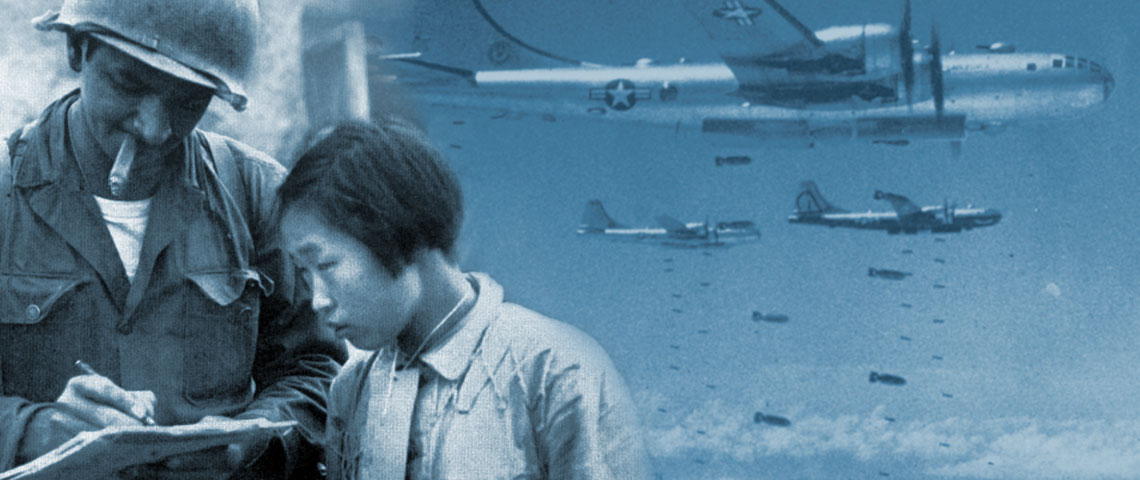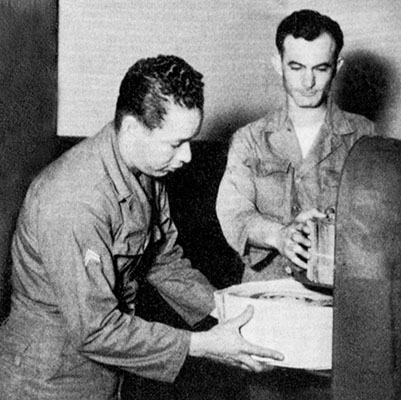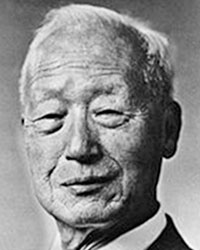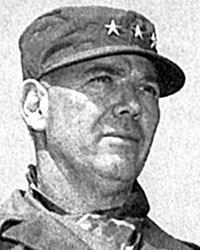SIDEBAR
4th MRBC Bomb Warning Announcement for Radio Seoul
KBS “Proclamation of Independence” Programming (via Radio Pusan)
DOWNLOAD
In early 1952, the 1st Radio Broadcasting and Leaflet Group (1st RB&L) integrated its organic Psywar capabilities to complement UN strategic air operations. Far East Air Forces Command (FEAF) had to keep pressure on Communist military units, try to influence UN Command (UNC) armistice negotiations, minimize enemy air attack threats, provide close air support (CAS) for UNC forces, and interdict enemy logistical and communications systems.1 Bomb warning leaflet drops coupled with radio broadcasts were natural Psywar operations. It prepared the 1st RB&L to execute Plan PATRIOT emphasizing Korean Independence.2 These two efforts provided good examples for depiction in Operation EYEWASH, a traveling public information display that explained strategic and tactical Psywar operations in Korea to a variety of audiences in Japan.
The purpose of this article is to show how 1st RB&L expanded the UN air, sea, and ground power Psywar theme to exploit the Allied strategic bombing campaign in Korea. It will describe how that integrated effort prepared the Psywar group for Plan PATRIOT, a dramatic, full spectrum documentary that commemorated Independence Day in South Korea. These two missions brought all 1st RB&L capabilities into play and provided good material to illustrate tactical and strategic Psywar operations for Operation EYEWASH. These major successes earned accolades from the Far East Command (FECOM) G-2 Psywar Section and the South Korean president, Syngman Rhee. Though the 1st RB&L Operations and Intelligence Sections unilaterally developed the bomb warning leaflet mission, its well-coordinated linkage to the FEAF strategic bombing campaign was a Psywar coup. Identifying key players will promote better understanding and appreciation of these accomplishments.
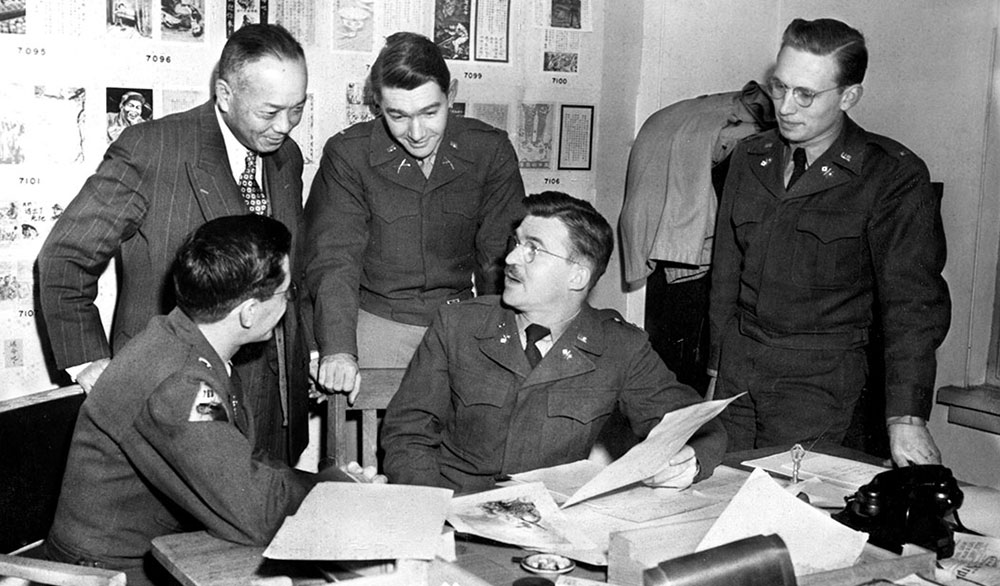
The 1st RB&L Operations section responsible for Psywar leaflet operations was headed by two WWII veterans, Signal Corps Captain (CPT) Edward C. Janicek and Field Artillery First Lieutenant (1LT) Robert D.B. Carlisle. Another artilleryman, Second Lieutenant (2LT) James B. Haynes, Jr., Officer-in-Charge (OIC) of the Information & Education (I&E) Section, developed the Psywar bomb target list. Veteran CPT Robert A. Horn and Corporal (CPL) Thomas M. Klein were the Intelligence Section. Sergeant (SGT) Henry “Hank” Cavanaugh served as Operations Sergeant in the S-3. The Operations, Leaflets, I&E, and Graphics Sections of S-3 collaborated closely with the S-2 researching bomb targets and developing weekly leaflet target lists based on industrial studies of North Korea and the FEAF strategic bombing priorities. The Radio Section, S-3, composed the broadcast warnings for dissemination by Radio Pusan.3
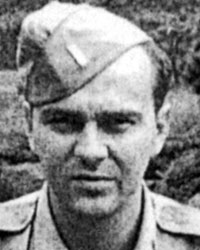
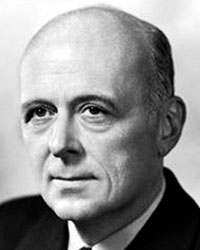
With input from the RB&L staff elements a Psywar leaflet bomb target list was prepared and updated weekly. It supported the priorities of the strategic bombing campaign. 2LT Haynes, the chief coordinator, became de facto Liaison Officer to FEAF. As such, weekly he presented a list of seventy-eight leaflet targets to the 1st RB&L commander, Military Police Corps (MPC) Lieutenant Colonel (LTC) Homer E. Shields, a WWII North Africa and France Psywar veteran, and Colonel (COL) C. Woodall Greene, Director, G-2 Psywar, FECOM for approval. Greene had served as General (GEN) Douglas A. MacArthur’s Psywar Officer in the Southwest Pacific. There was nothing “magic” about the number “78”; it just happened to be the number of planned FEAF bombing missions at the time Psywar began compiling leaflet target lists.4
Once approved, LT Haynes hand-carried the list several blocks down the street to the FEAF headquarters for mission scheduling. There, the FECOM air component command staff that controlled all UN and U.S. air assets in theater turned the Psywar leaflet target list into air mission requests. That simple, routine “joint” staff action changed after the Secretary of the Air Force, Harold K. Finletter, praised FEAF for its “humanitarian bombing campaign in Korea.”5
The ad hoc joint integration accomplished by the 1st RB&L suddenly took on more importance. COL Greene, G-2 Psywar, adroitly deflected FEAF Lieutenant General (LTG) Otto P. Weyland’s “lightning bolt” to LTC Shields. LT Haynes was directed to deliver his list of seventy-eight targets to FEAF headquarters as soon as possible. “When I got there, a red-faced Air Force colonel was waiting inside the entrance. He snatched the list from me, mumbled something about second lieutenants, and stormed off,” remembered Haynes. “I knew then that my leaflet target list would no longer be treated routinely by the Air Force…and fortunately I had already flown a B-29 Superfortress leaflet mission in September 1951.”6
With the UN humanitarian bomb raid warnings the Psywar leaflet and radio themes were able to expand beyond the threat of artillery and naval gunfire barrages. The art staff worked on leaflet designs, while the 3rd Reproduction Company, at the FECOM Publication Center facilities in Motosumiyoshi, mass printed leaflets on Webendorfer Offset and Harris LTV Stream-Fed presses.7 Then, the leaflets were packaged in door bundles for C-47 Skytrain delivery in Korea or loaded as rolls into M129E1/E2 500 lb. leaflet bombs for B-29 squadrons stationed in Japan and B-26 Invader elements on the peninsula. Dates, times, and sites of the FEAF bombing targets were contained in teletype messages to the 4th Mobile Radio Broadcasting Company (MRBC) stations in Korea. The U.S. Army radio officers at each KBS station were responsible for writing and broadcasting humanitarian bomb warnings an hour before the air attacks.
